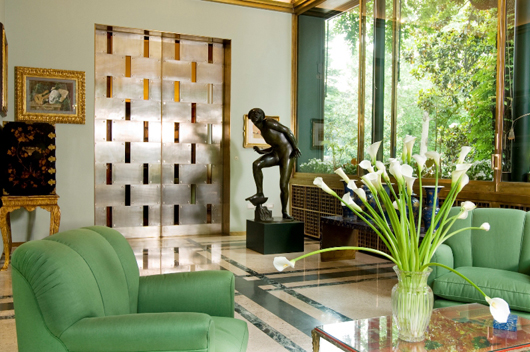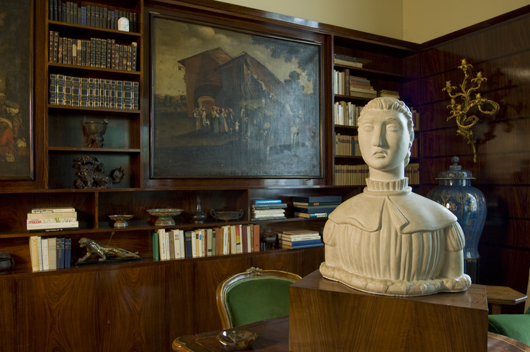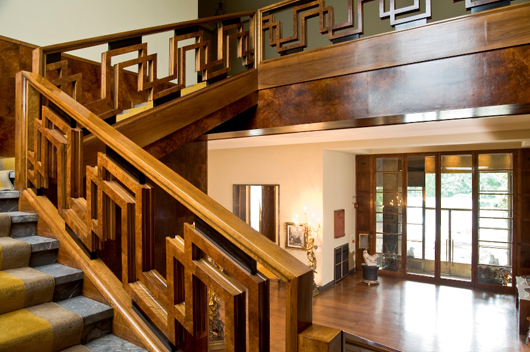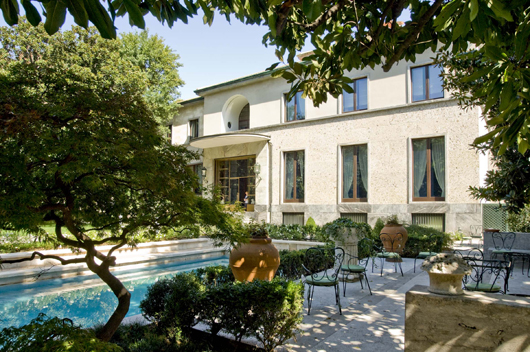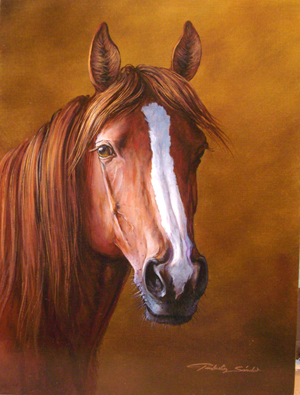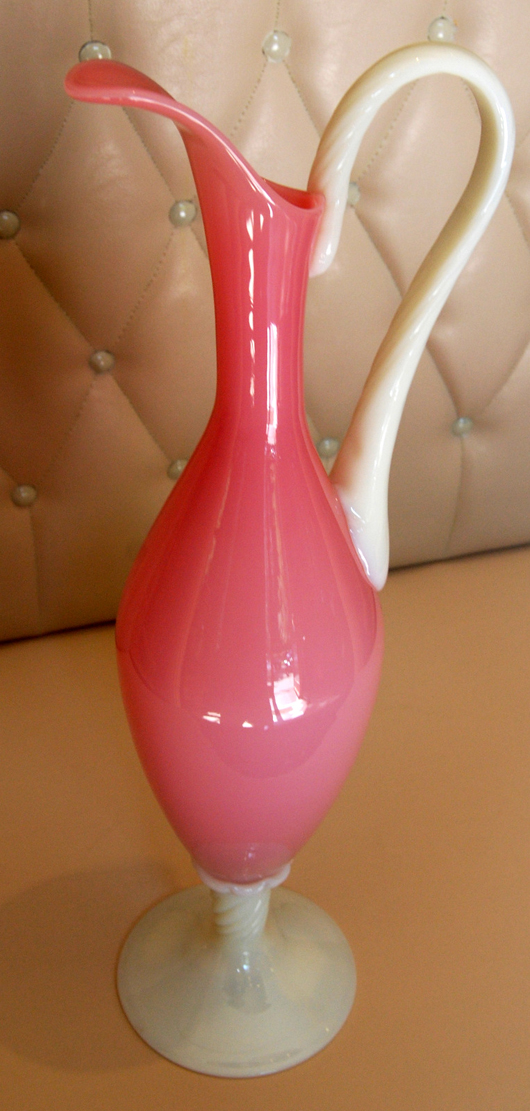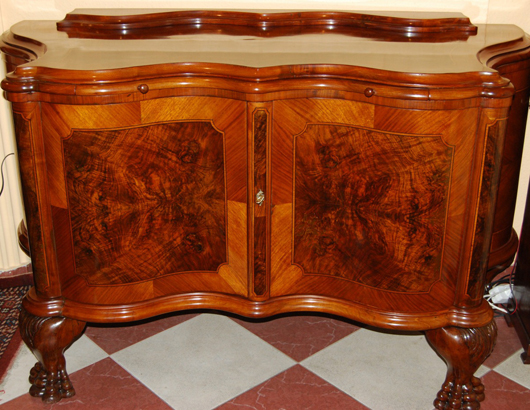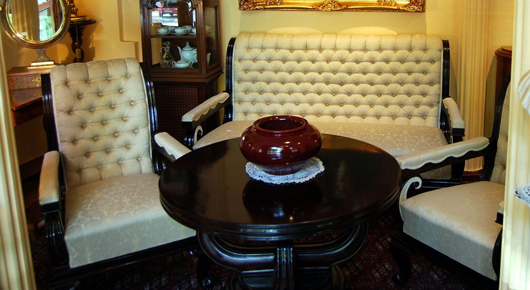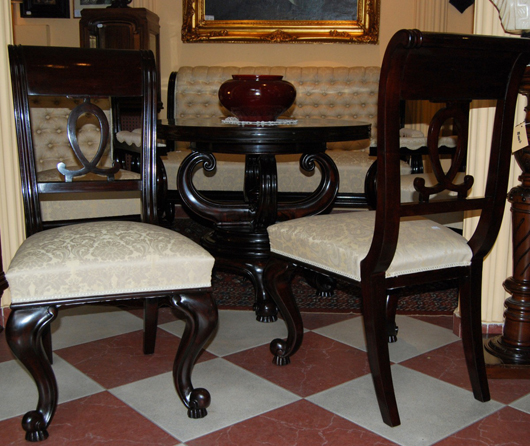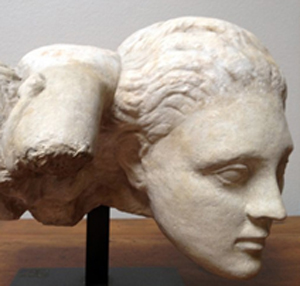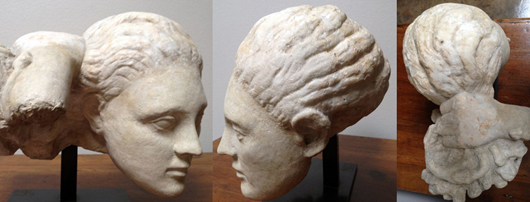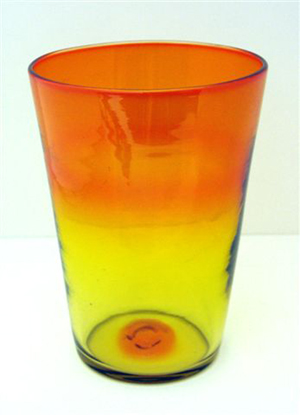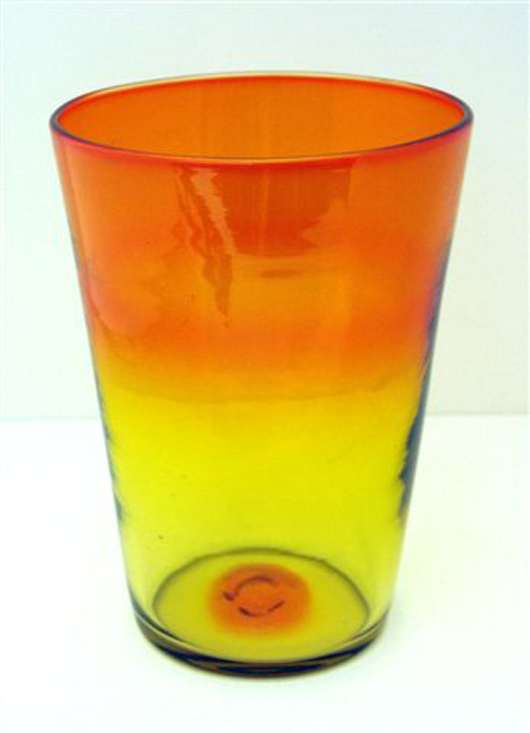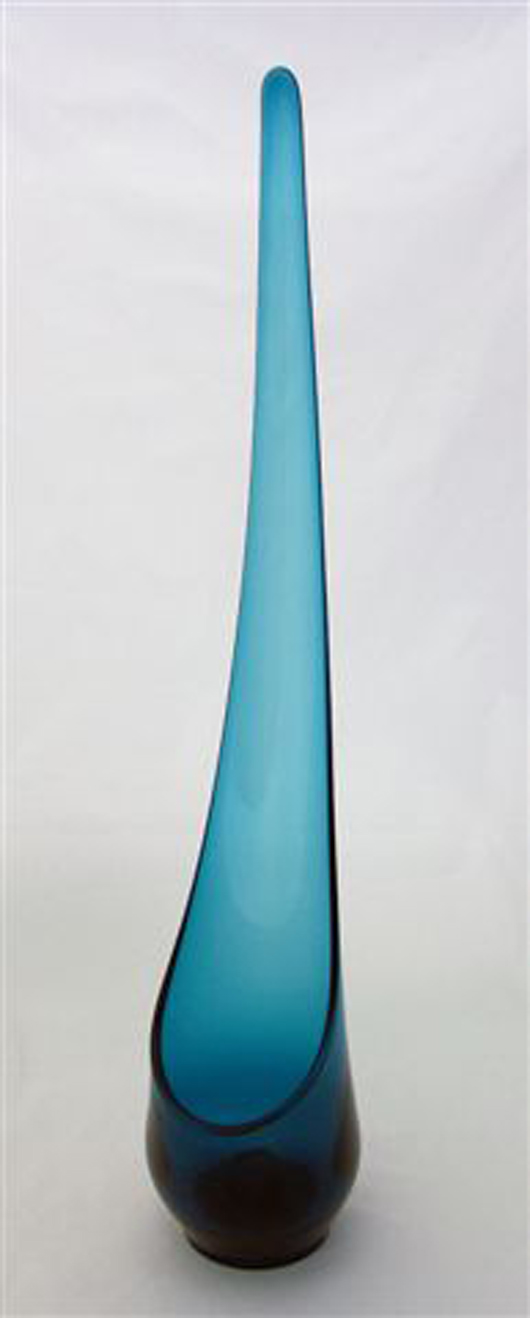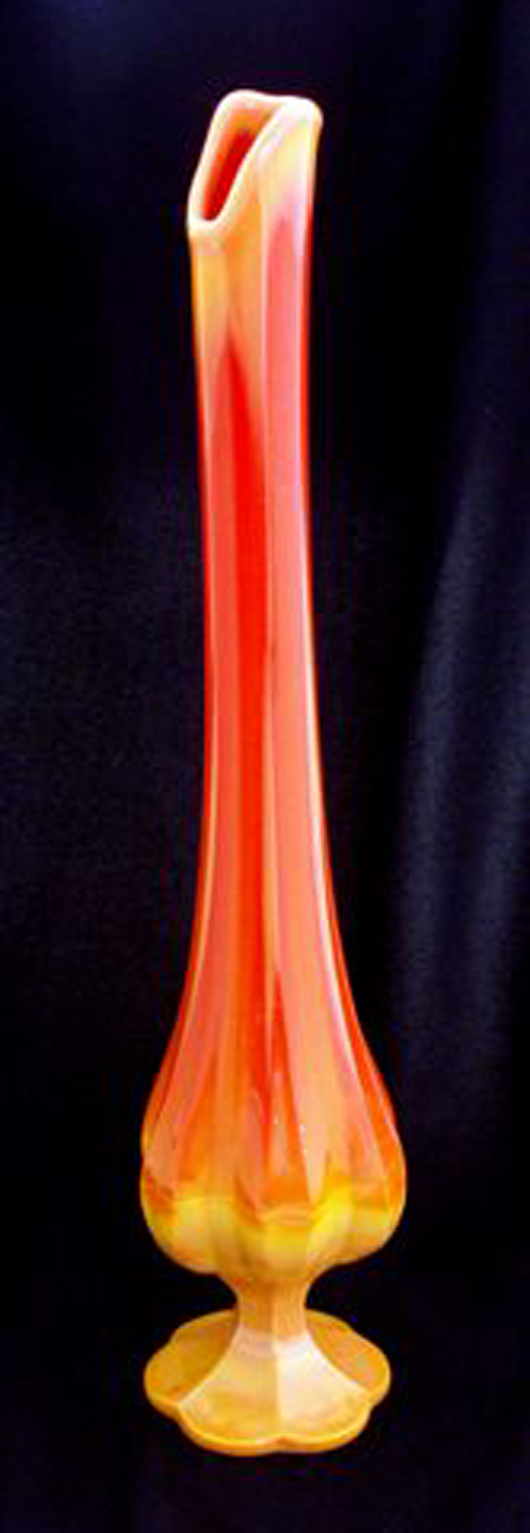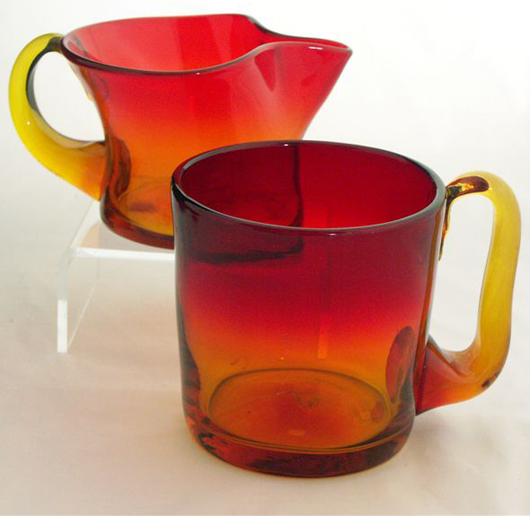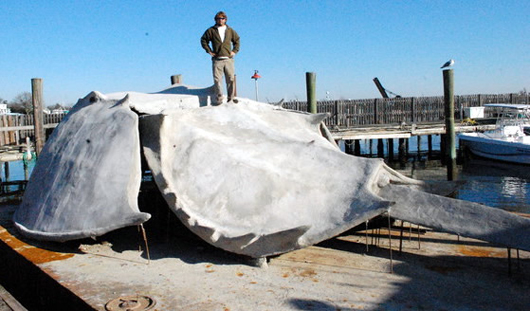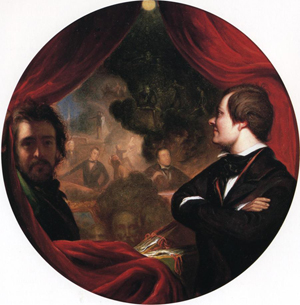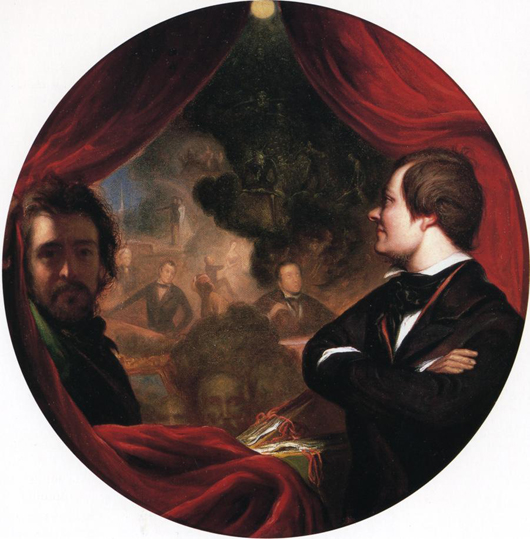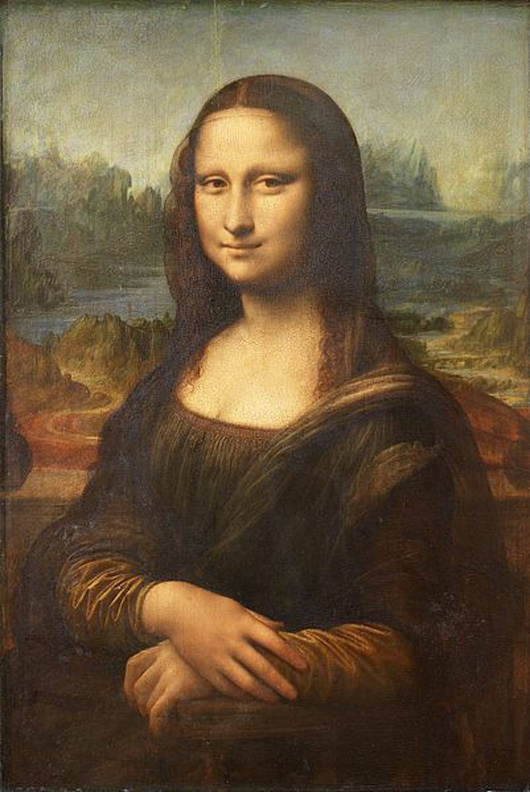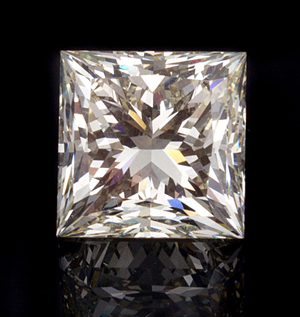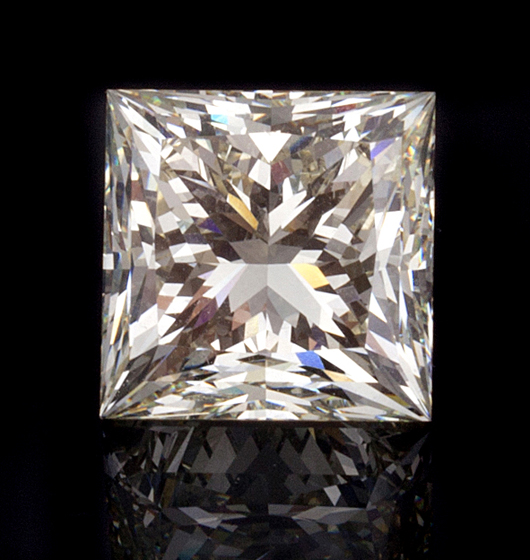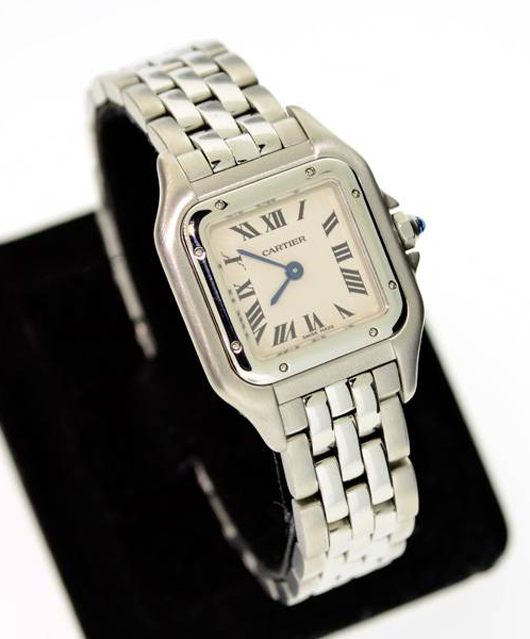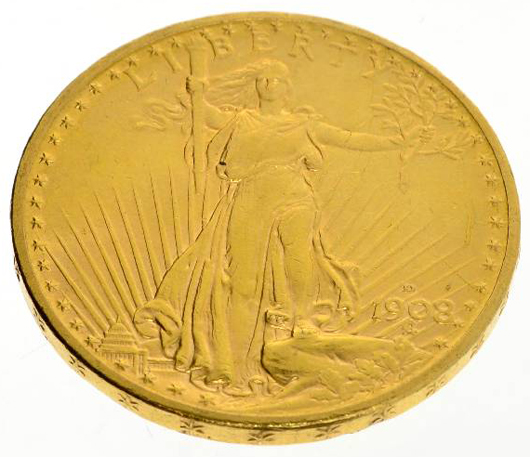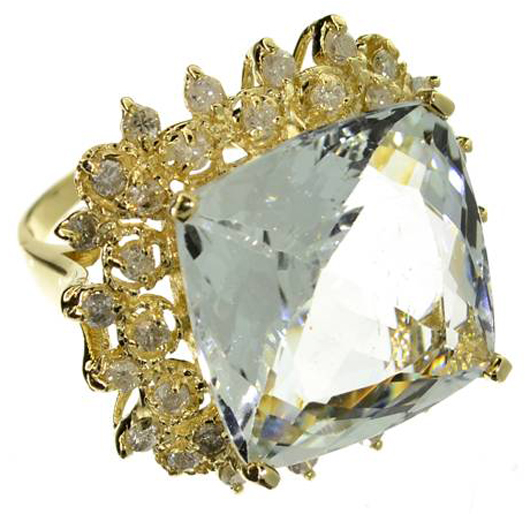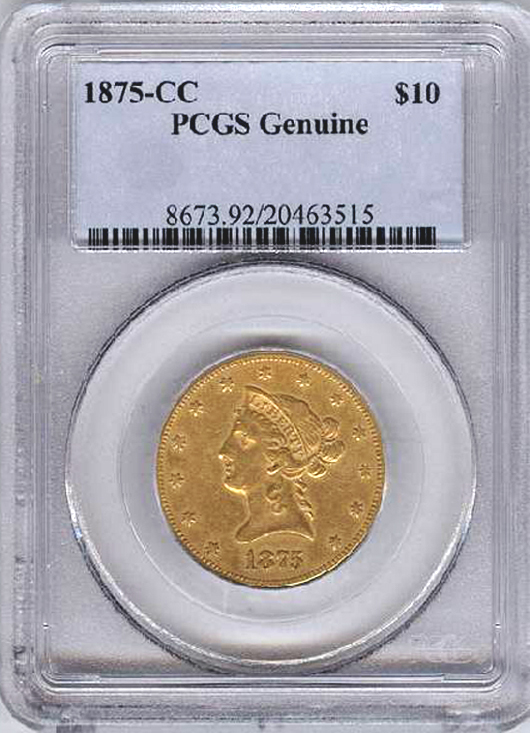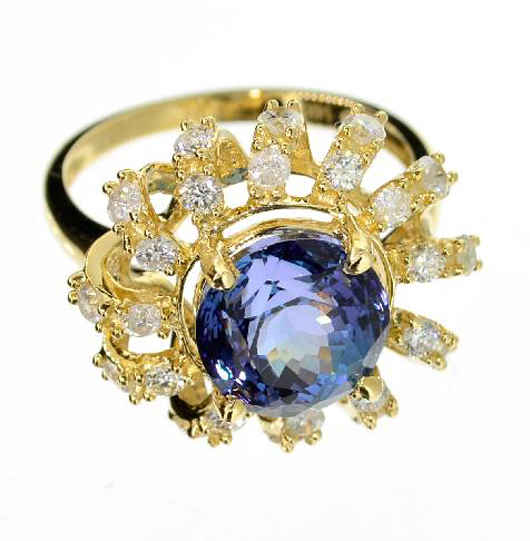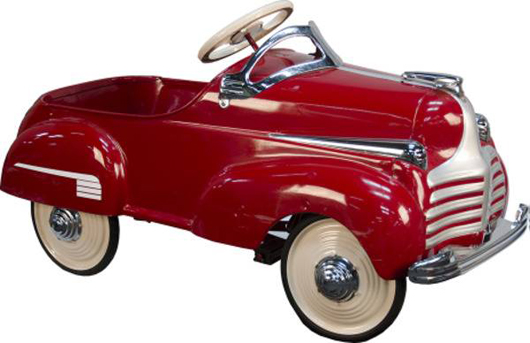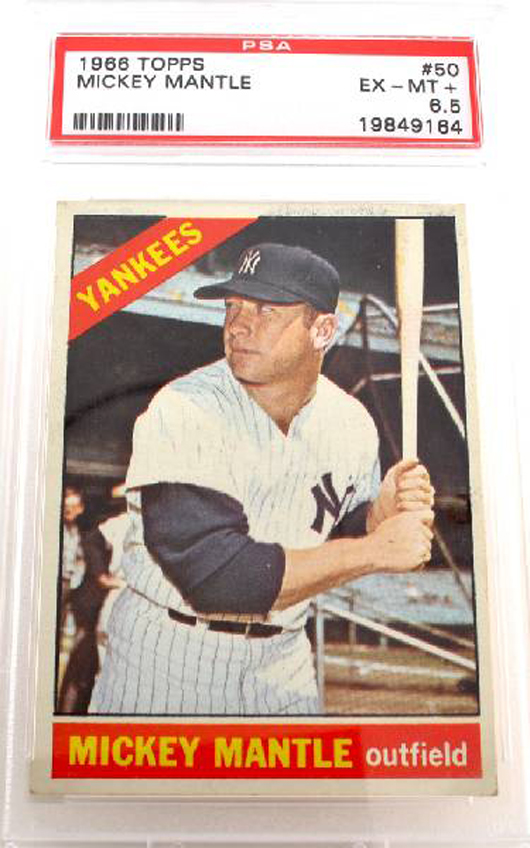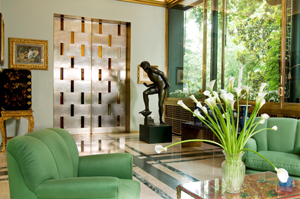
According to legend, Angelo Campiglio and the Necchi sisters discovered the piece of land in the center of Milan where they later would build their Villa Necchi Campiglio by accident. Originally from the Lombard small town of Pavia and members of the new industrial aristocracy, Angelo Campiglio, Nedda, and Gigina Necchi, Angelo’s wife, loved the elegant and fancy life of Milan in the 1930s. One evening they were coming back from the theater, when their driver lost his way and, wandering through the winding and densely grown area, they came to find the plot of land for sale.
They bought it and had their mansion built by a leading architect of the period, Piero Portaluppi, between 1932 and 1935. Portaluppi built a modern and confortable house with spacious rooms, high ceilings, precious materials and geometrical patterns. It was the first house in town with a private swimming pool and a tennis court.
Today the entire residential complex is part of Milan’s Network of Historic House Museums, a group of four fascinating houses, all situated in the center of Milan, that were bequeathed by their owners to the city and are now open to the public. Visiting them allows one to not only to learn the personal stories and tastes of the owners, but also to observe the evolution and transformation of Milanese art and society.
Villa Necchi Campiglio, with its modernity and elegance, reflects the energy and industriousness of Milan in the decades between the end of the 1920s and the war. Portaluppi was an innovative architect, aware of history, but capable to mix it with the modernity of the present. Besides the already mentioned innovations like the swimming pool and the tennis court, the modernity of the residence can be found in the geometric purity, the linearity of the surfaces, the large glass panels of the veranda, and in the round and star-shape windows of the bathrooms—which are a must-see in the tour of the house.
After the war the house was renovated by architect Tommaso Buzzi, who impressed a much more decorative and elaborate style to some rooms, inspired by the 18th century taste.
Today the home also hosts two art collections: one is the art collection of Milanese art dealer and collector Claudia Gian Ferrari, daughter of the influent art dealer Ettore Gian Ferrari, who donated her artworks to Villa Necchi Campiglio before her death in 2010. The collection includes 44 paintings by Italian masters of the first half of the 20th century like Arturo Martini, Giorgio de Chirico and Mario Sironi, which perfectly integrate in the 1930s atmosphere of the house. The other collection consists of the furnishings and works of art from the 18th century of Alighiero de’ Micheli and his wife, Emilietta, preserved in the room where Princess Maria Gabriella di Savoia, a dear family friend, used to sleep when she visited the Necchi Campiglios.
Piero Portaluppi was the architect of another house museum included in the Milanese network: Casa Museo Boschi di Stefano. Antonio Boschi was a brilliant engineer working at Pirelli, while his wife Marieda Di Stefano was a ceramist. Together they were passionate art collectors. “This was a joint venture in every sense,” Antonio Boschi said after his wife died, “in the material sense, as it implied decision-making, commitment, and financial sacrifices entailing hardships in other fields; and in the artistic sense, through a sharing of taste, objectives and choices.” The Boschi di Stefanos collected over 2,000 works dating from the beginning of the 20th century until the 1970s. When the couple were alive, every corner of the house was covered with artworks. Today only 300 of them are displayed in chronological order in the 10 rooms of the home. Among the artists included in the collection are Mario Sironi, Carlo Carrà, Filippo De Pisis and Giorgio Morandi. One room is entirely dedicated to Lucio Fontana, of whom the collectors were keen supporters. The “Fontana room” contains 23 works by the Italian master, who is today sought-after at the international level.
The furnishing of the house was later added by the Museum Foundation to match the style of the works on show, and includes a rich collection of Murrina chandeliers.
The other two house museums in the network go back to an older age: Museo Bagatti Valsecchi was the residence of Fausto and Giuseppe Bagatti Valsecchi, two aristocratic brothers who lived at the end of the 19th century. Renovation of the Bagatti Valsecchis home was inspired by the Renaissance style. The brothers were personally involved in the planning of the house and acquired artworks and objects coherently with the architectural style. Gian Giacomo Poldi Pezzoli was of a generation older than the two brothers. His house was opened to the public two years after his death in 1879. Poldi Pezzoli was one of the most enlightened art collectors of his days. His house was a successful example of historicism in Europe. Each room was inspired by a style from the past and hosted an exceptional selection of antique and decorative art. Part of the decoration was destroyed during the war, but the surviving rooms can still be visited, together with the new armory, designed by Arnaldo Pomodoro.
About Silvia Anna Barrilà:
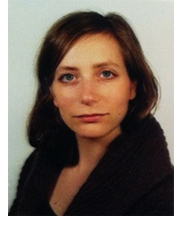
Silvia Anna Barrilà is an Italian fine arts journalist and regular contributor to the Italian financial newspaper Il Sole 24 ORE (ArtEconomy24). She also writes about art, design, lifestyle and society for a number of Italian and international magazines, including DAMn Magazine and ICON (Mondadori). She is based in Milan and Berlin.
ADDITIONAL IMAGES OF NOTE
